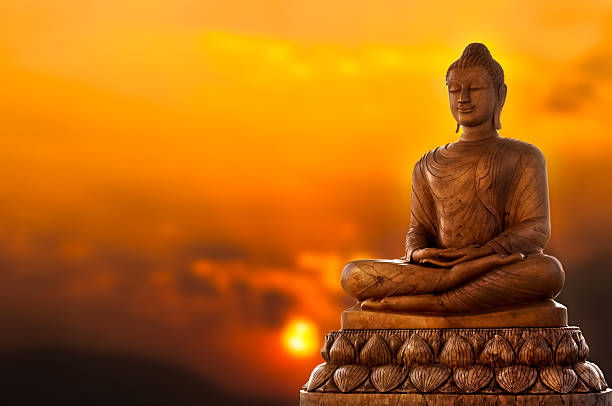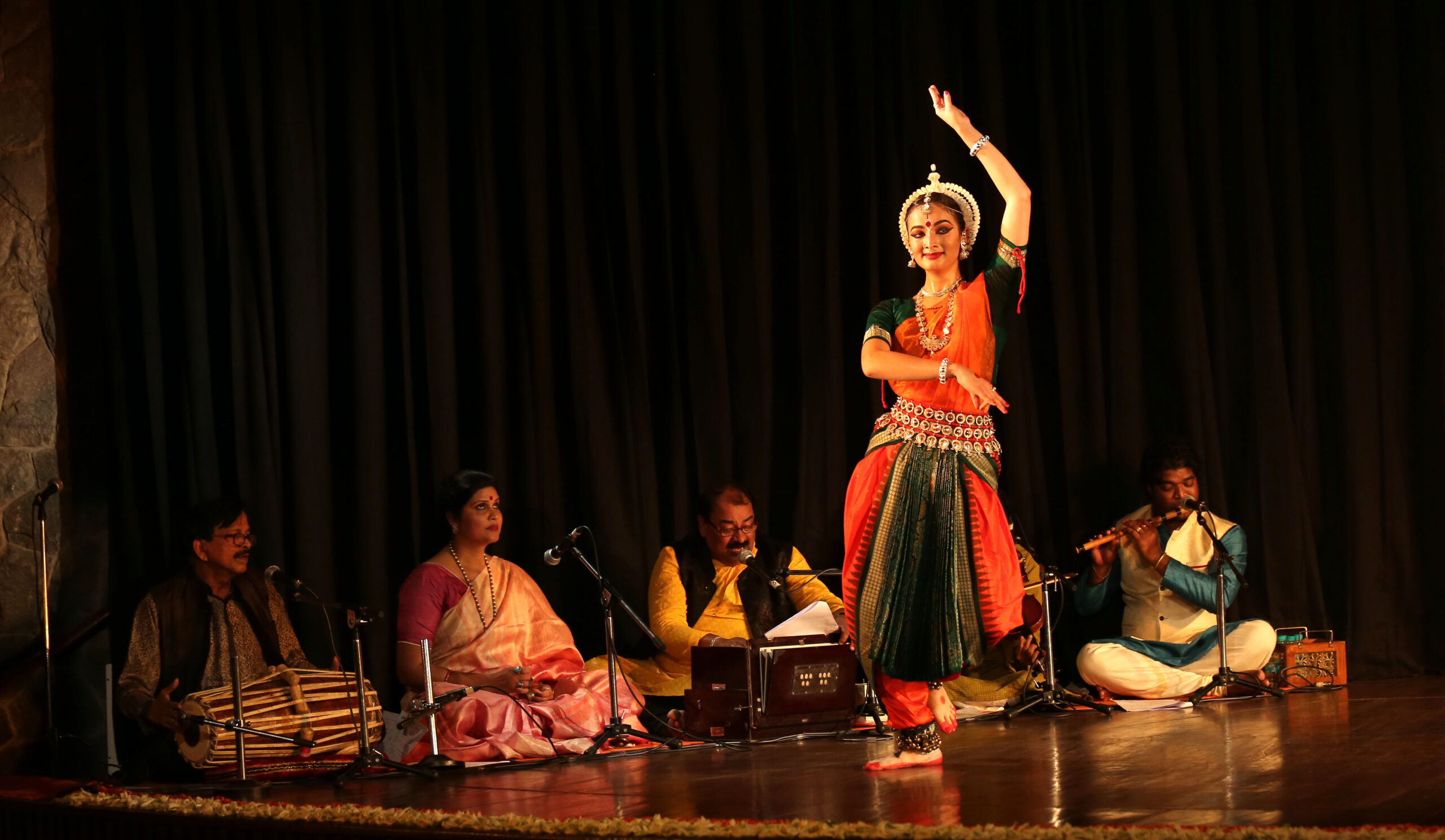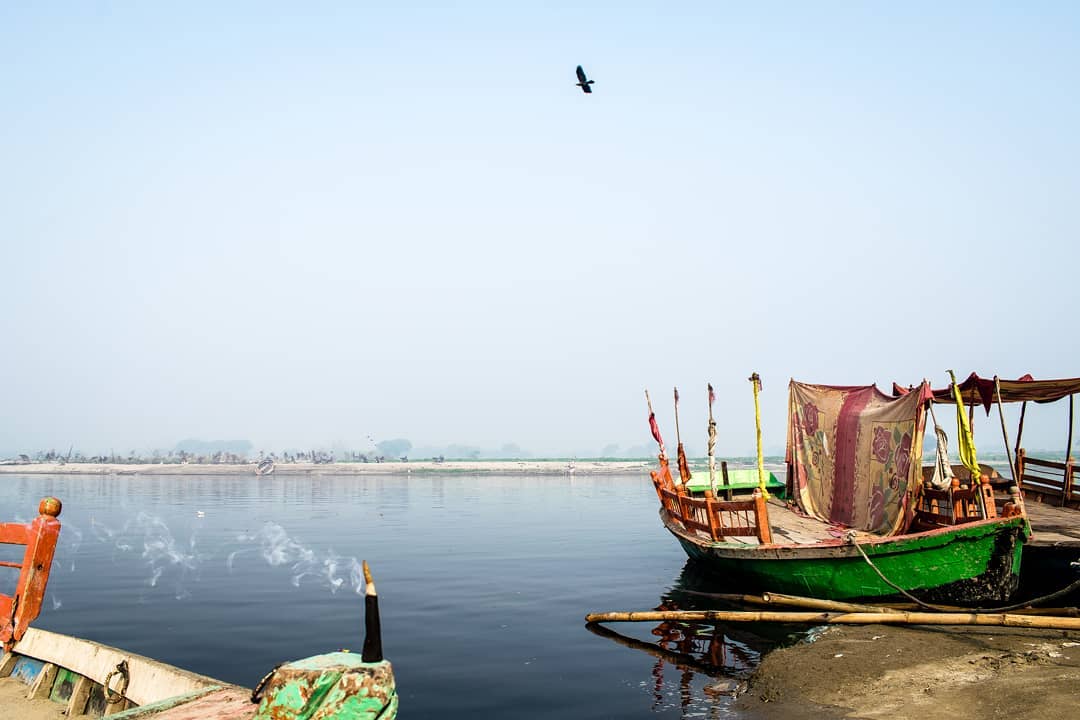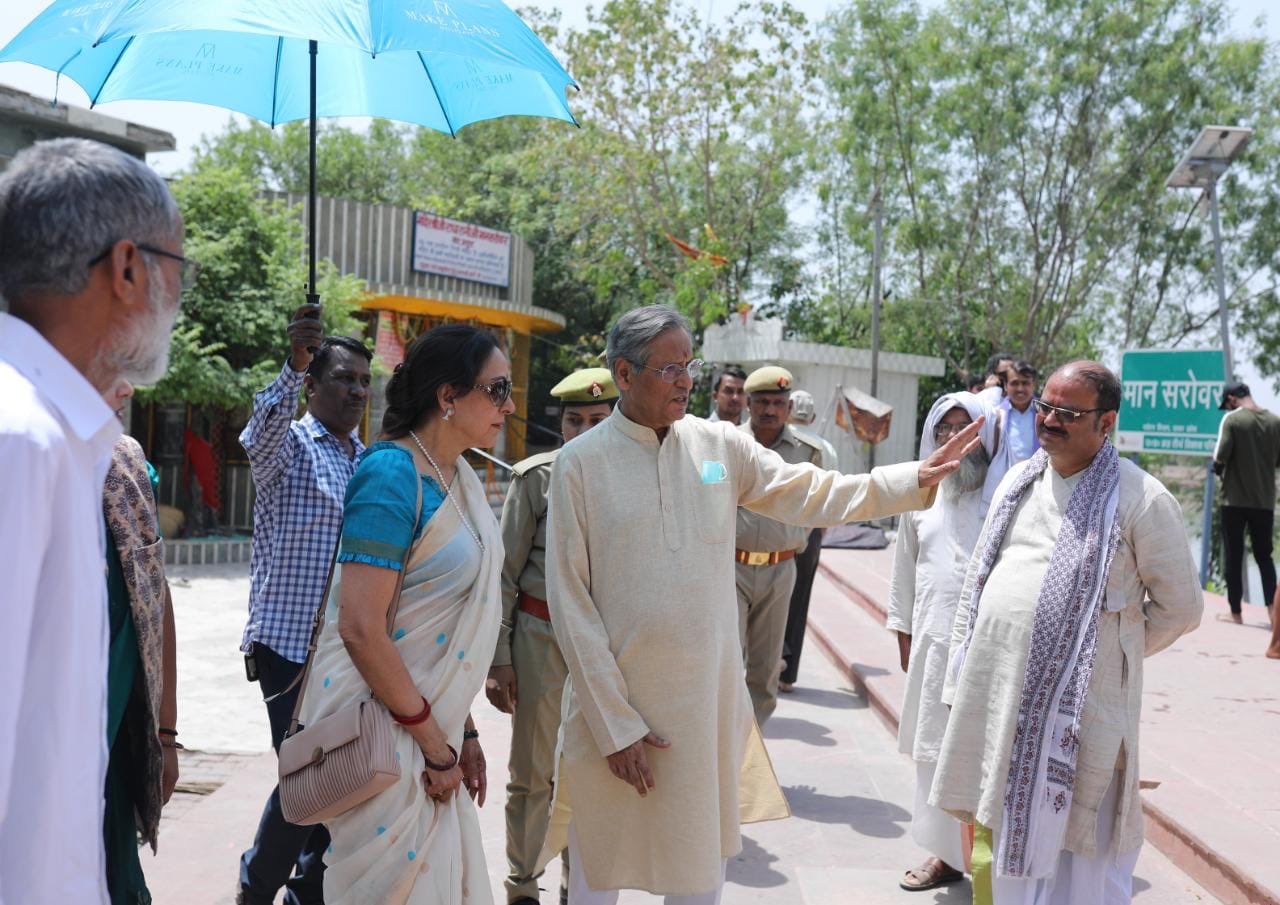2023.05.18 (Vrindavan Today News): The city of Mathura, known for its rich history and ancient sculptures, is set to capture the attention of visitors at the upcoming International Museum Expo in Delhi. The highlight of the event will be the unveiling of the first-ever statue of Lord Buddha created in Mathura. This exquisite representation of Buddha, crafted in the distinctive Mathura style, will be transported from its birthplace to Delhi for the three-day exhibition, which is scheduled to take place today from May 18 to 20.
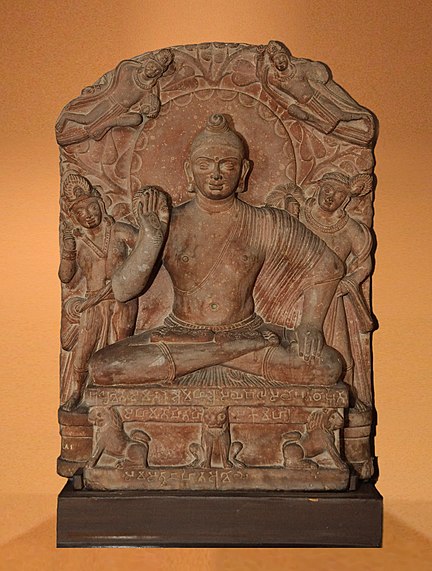
Mathura has long held a significant place in religious art, attracting followers and artisans from various faiths throughout the ages. The region has been renowned for producing thousands of idols representing different religions, many of which have found their way to prominent locations worldwide. Notably, Mathura was the birthplace of the first-ever statue of Lord Gautam Buddha.
Today, Mathura stands as a testament to the worship and contemplation of Buddhists, Shaivites, and Jains, albeit amidst the sand dunes. The Government Museum in Mathura safeguards numerous artifacts made from spotted red sandstone, which continue to prove invaluable for archaeological studies and researchers from both India and abroad.
The museum’s collection showcases not only the artistic achievements of the Kushan and Gupta periods in the Mathura style but also encompasses a diverse array of statues, coins, miniatures, metal sculptures, wooden artifacts, and precious gems representing local art. Among the esteemed idols housed in the museum are the Shunga period Mother Goddess, Kamdev Falak, Gupta period depictions of women and clowns, as well as Kartikeya, Dev Yugal, and Nag idols from the Kushan era. The Pichhwaiyas, intricately painted temple cloths, along with depictions of Sanjhi and other cultural aspects, are considered invaluable treasures of this esteemed institution.
Historical records indicate that the first-ever Buddha statue was unearthed during an excavation at Katra Keshav Dev in 1860. These findings, along with other Buddhist cultural artifacts discovered in Mathura, provide compelling evidence of the city’s significant role in the expansion of Buddhist culture during ancient times. Skilled artisans in Mathura sculpted these idols using red sandstone, a distinctive characteristic of the region. Furthermore, Mathura served as an educational hub for Buddhism, attracting followers from far and wide.

According to Shatrughan Sharma, former legal assistant of the museum, statue-making predominantly adhered to the Mathura and Gandhara styles in the past. The Mathura style, in particular, was renowned for its depictions of Buddha’s life. Notably, the first-ever Buddha statue was crafted in the Mathura style, predating those in the Gandhara art tradition. Unearthed within Mathura itself, this historic statue—dating back 2,200 years—is a remarkable example of the Mathura sculpture style. Standing at around two and a half feet tall and one and a half feet wide, the statue portrays Lord Buddha in the abhaya mudra, seated with a decorative peepal tree behind him and his followers standing on both sides. Delicately crafted Gandharvas can be seen hovering above, gently showering flowers upon the revered figure.
The inclusion of this awe-inspiring artifact in the International Museum Expo promises to captivate visitors and showcase Mathura’s rich artistic heritage. As attendees gather to appreciate the intricate craftsmanship and cultural significance of this first statue of Lord Buddha made in Mathura, it serves as a reminder of the city’s enduring legacy in the world of sculpture and religious art.


